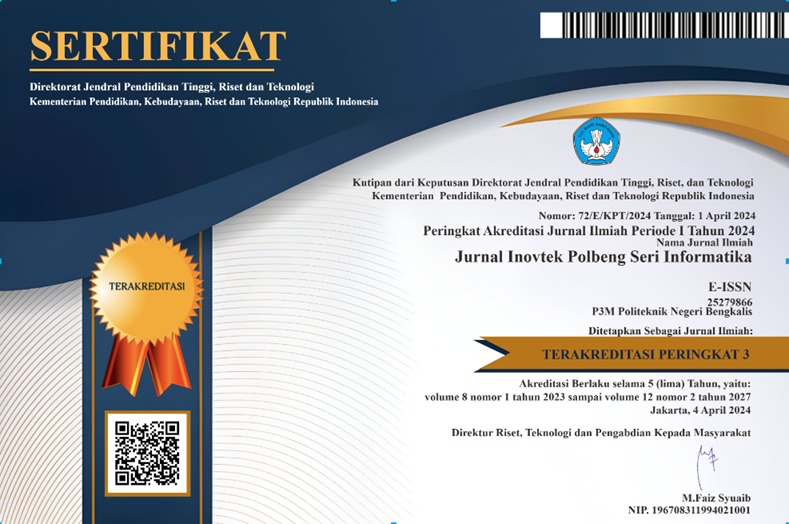Prediction of Electricity Bill Payment Delays for Customers Using a Machine Learning Approach
DOI:
https://doi.org/10.35314/tc81dq58Keywords:
Late Payments, Prediction, Random Forest, PLN, Moving AverageAbstract
Electricity is a vital necessity in modern life, and the management of electricity bill payments is crucial for the continuity of services and the financial stability of electricity providers like PLN. Identifying potential delays in payments by customers is a strategic step to enable effective preventive actions. This study aims to develop a prediction model for payment delays using two machine learning methods, namely Random Forest Regressor and Bidirectional Long Short-Term Memory, based on historical customer data from the period of 2018–2023. The research process includes data preprocessing to ensure consistency and accuracy, dividing the data into training and testing sets, and training the models using both algorithms. The results show that the Random Forest model performed the best in recognizing long-term statistical patterns with the lowest Mean Absolute Error value of 0.00387 on the 12-month Moving Average feature, as well as optimal efficiency with a number of trees between 100–200. On the other hand, the Bidirectional LSTM model demonstrated competitive ability in capturing temporal patterns of sequential data, with the best configuration yielding a validation error value of 0.243 and the highest validation accuracy of 56.2%. Both models are effective in predicting customers who are likely to delay their electricity bill payments. This research provides significant contributions to PLN in supporting data-driven decision-making and facilitating mitigation strategies such as early notifications or rescheduling payment plans to reduce the risk of overdue payments.
Downloads
Downloads
Published
Issue
Section
License
Copyright (c) 2025 INOVTEK Polbeng - Seri Informatika

This work is licensed under a Creative Commons Attribution-NonCommercial-ShareAlike 4.0 International License.













